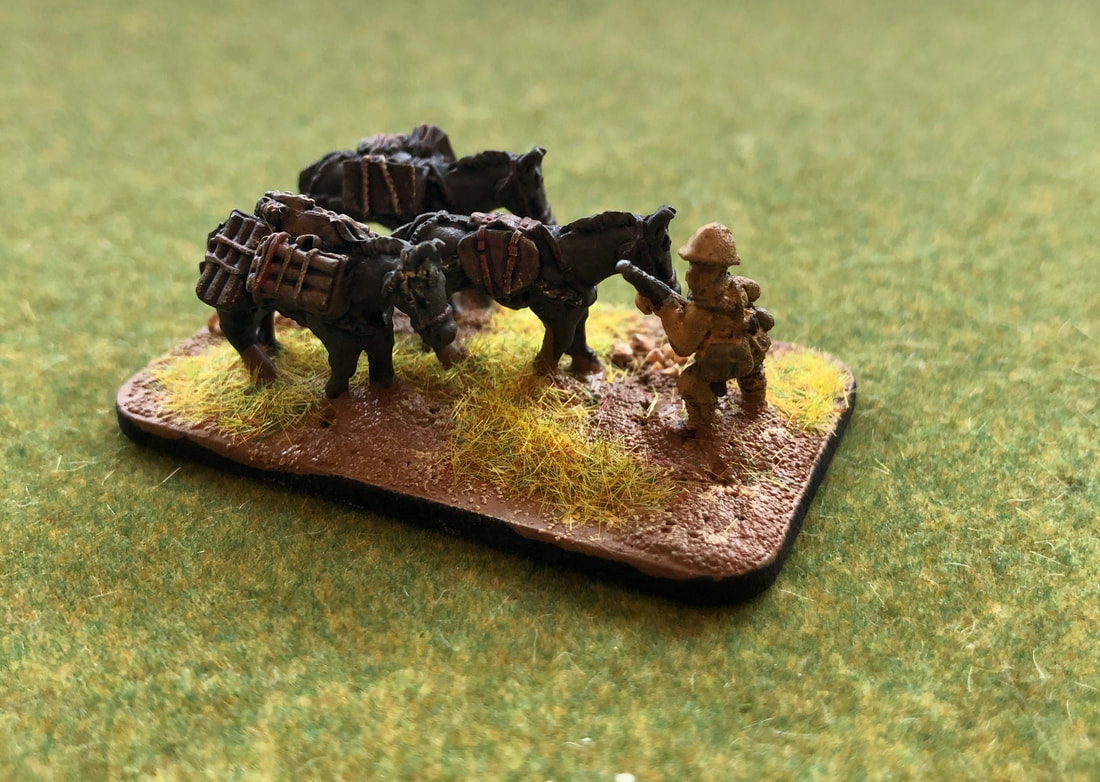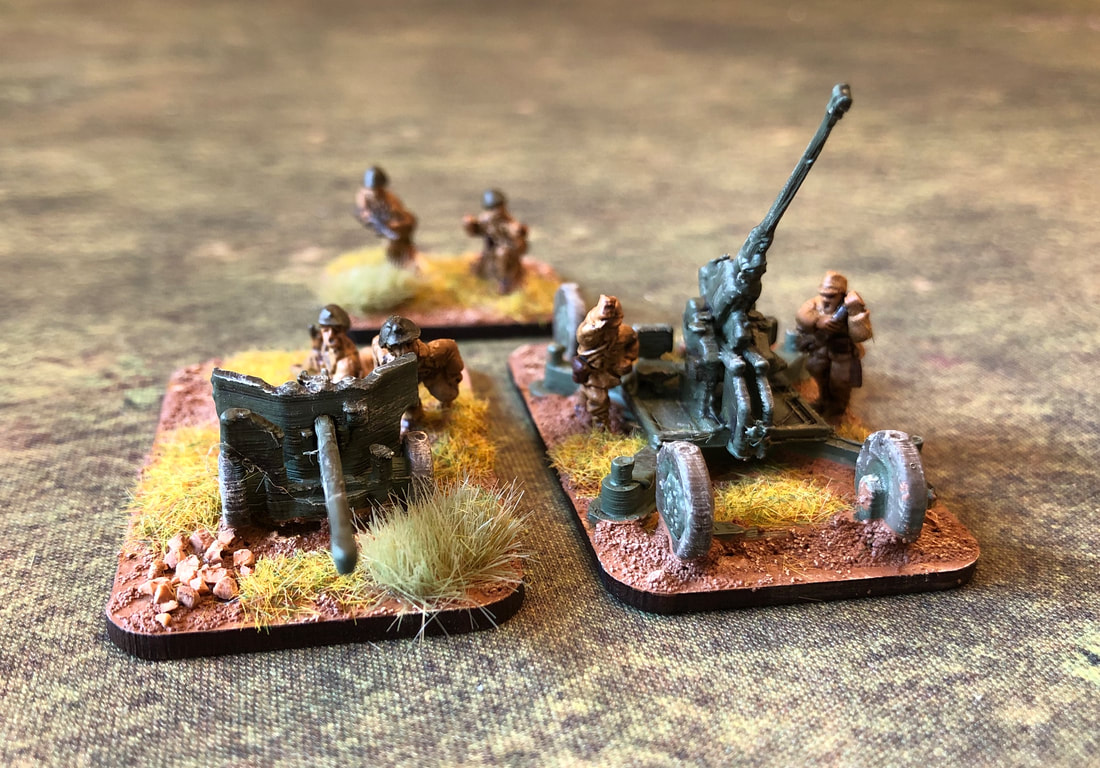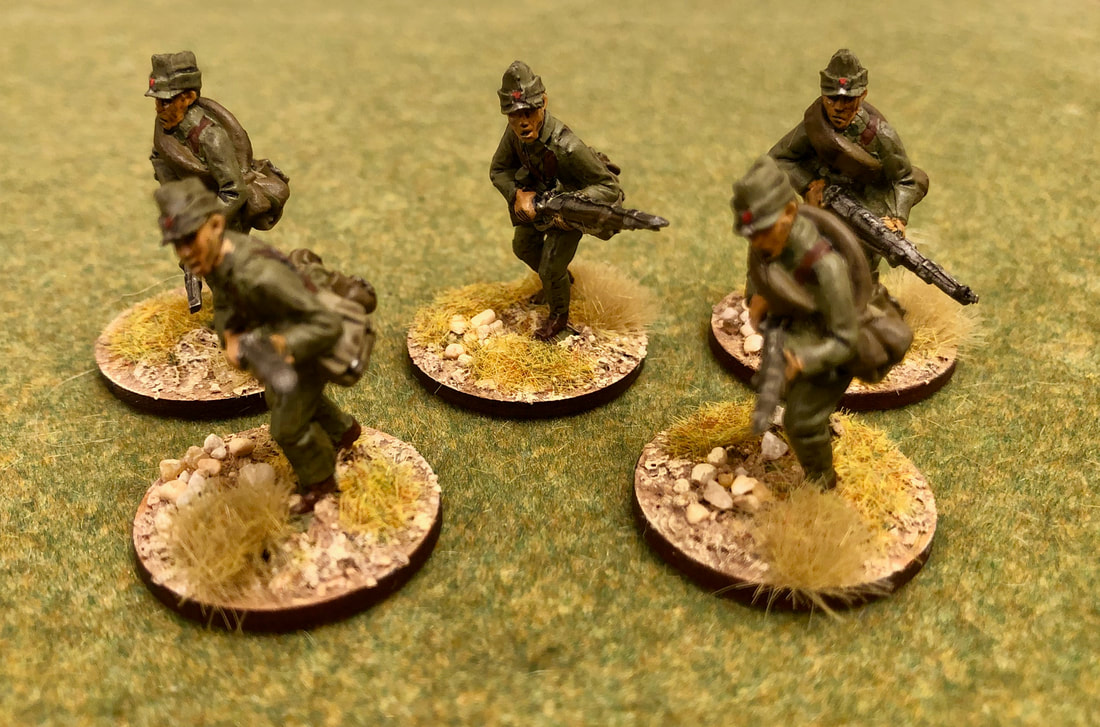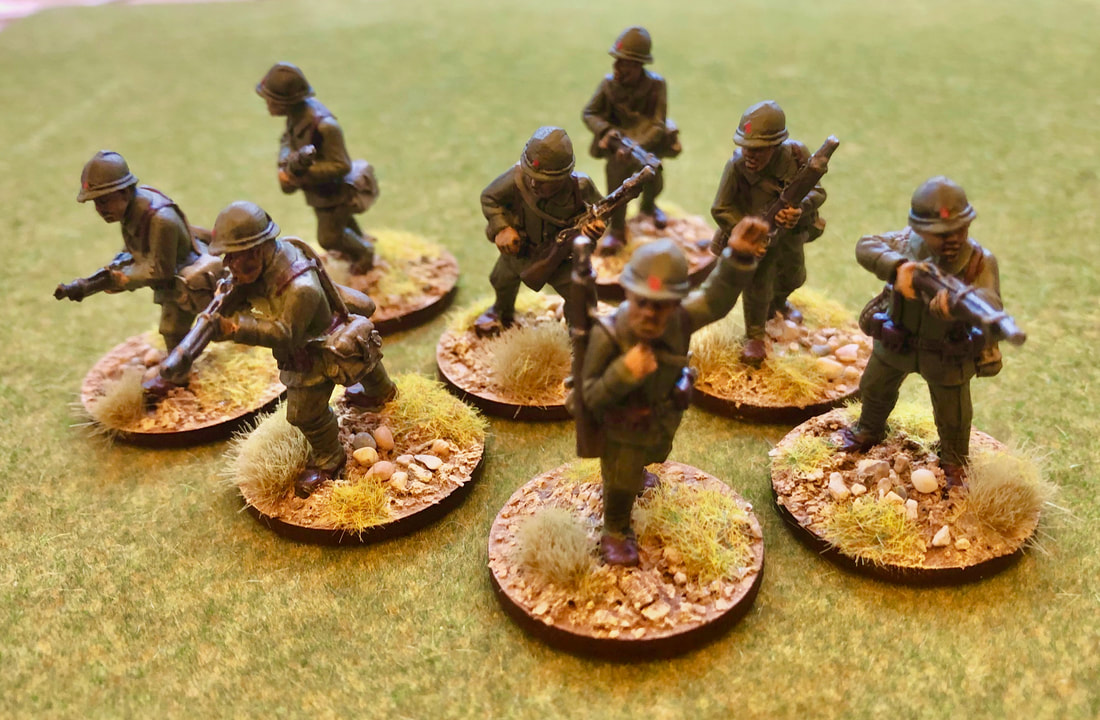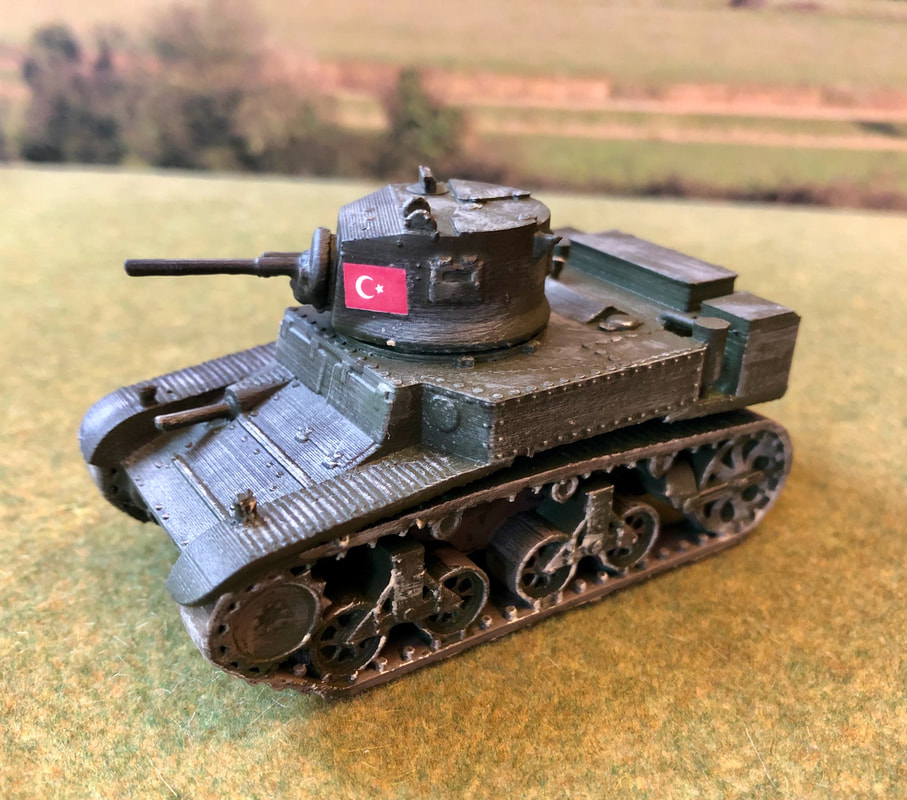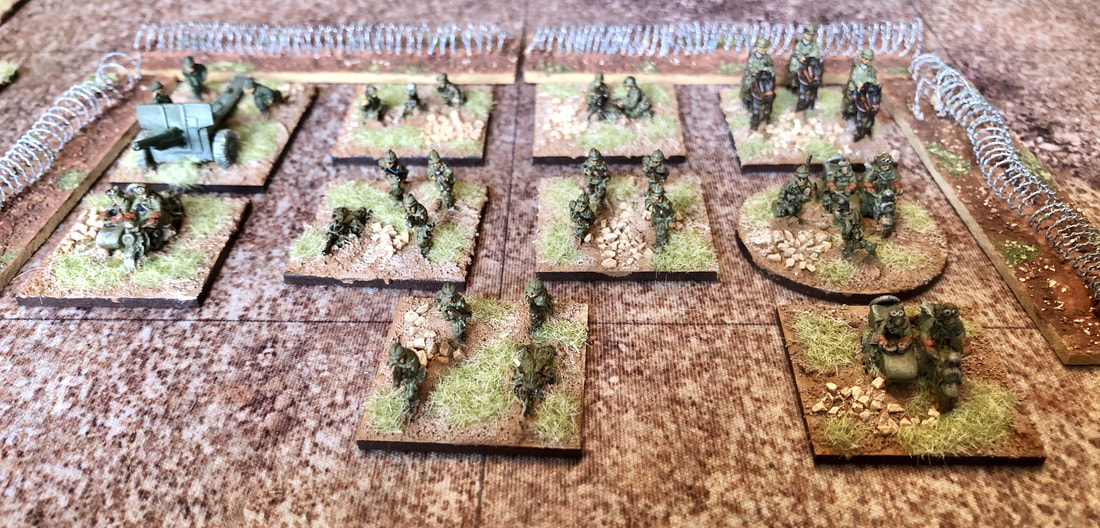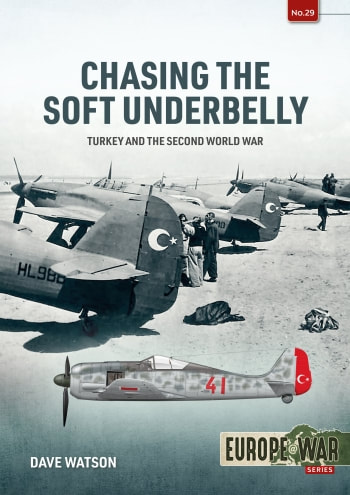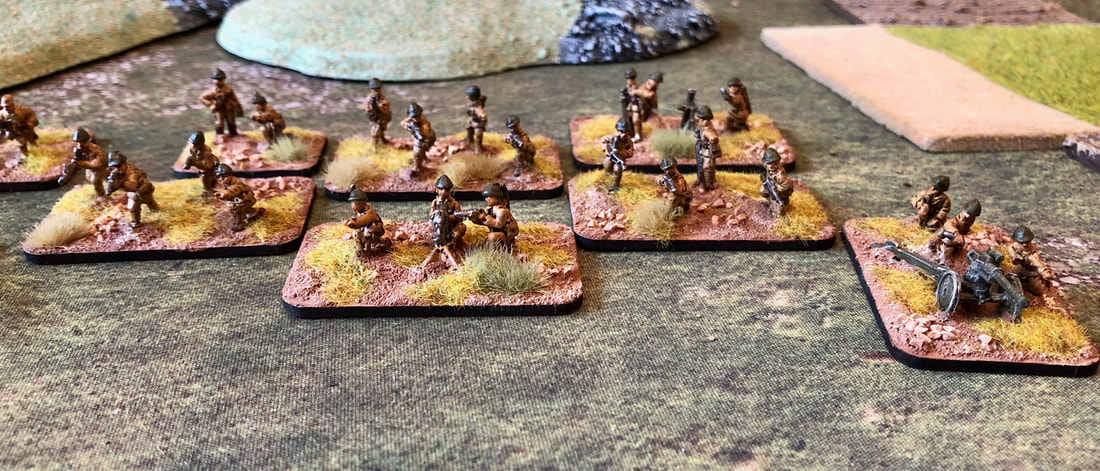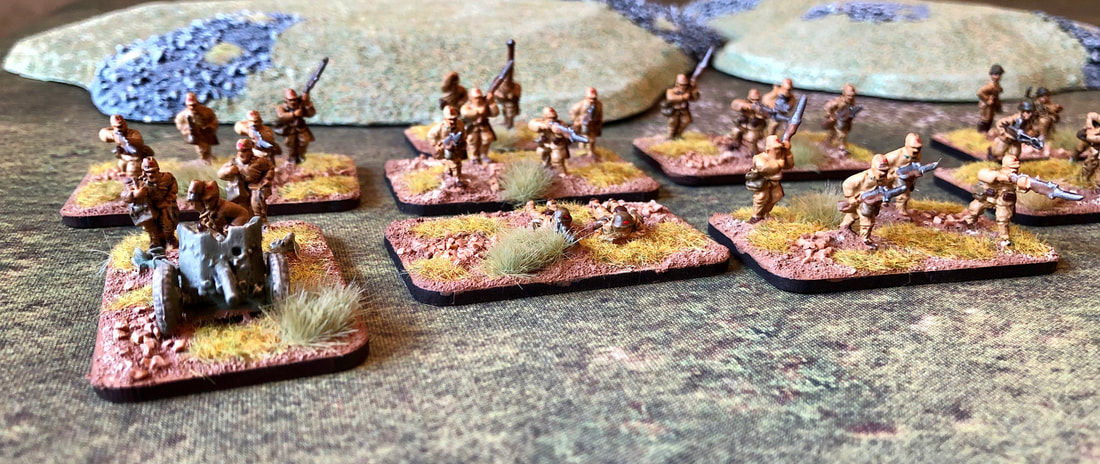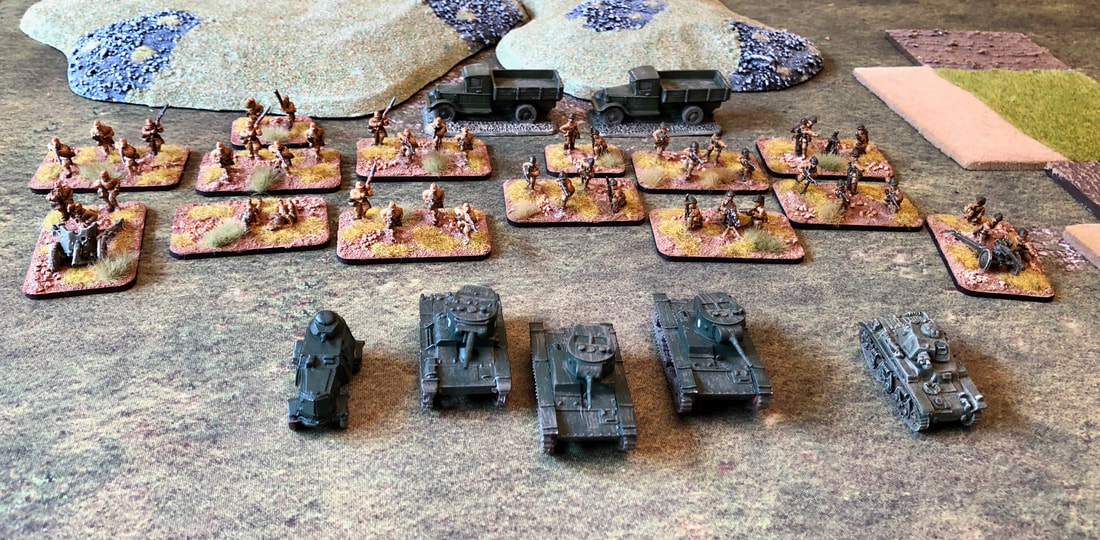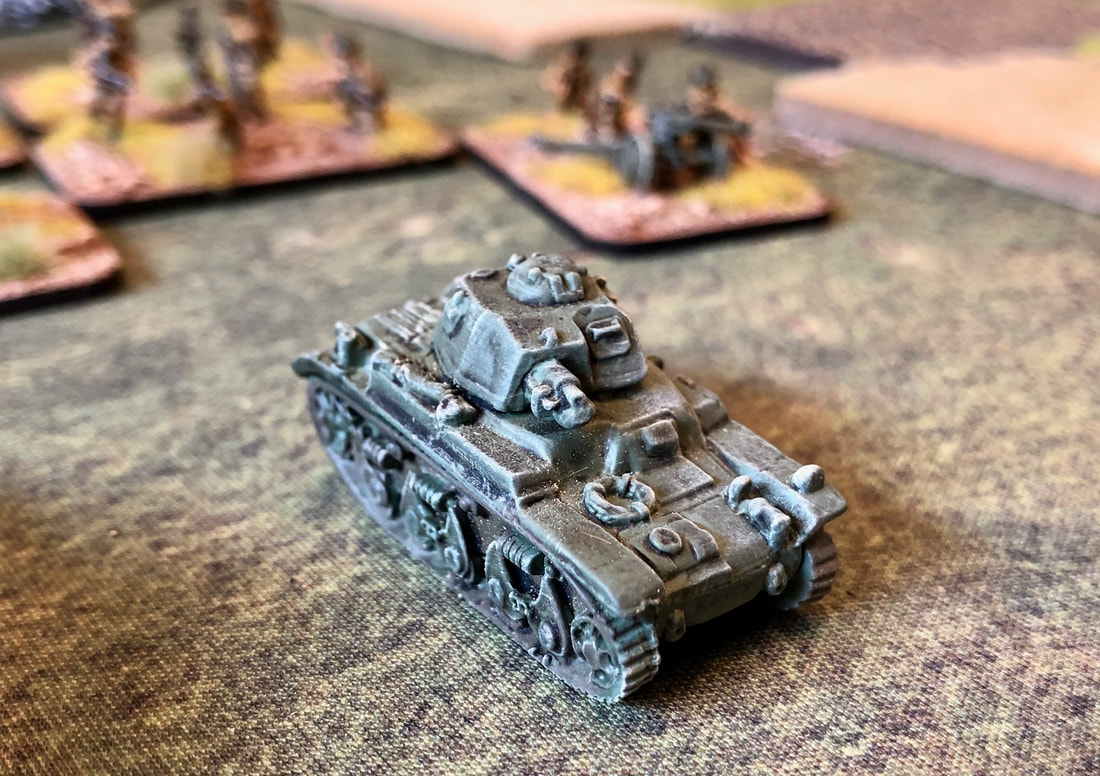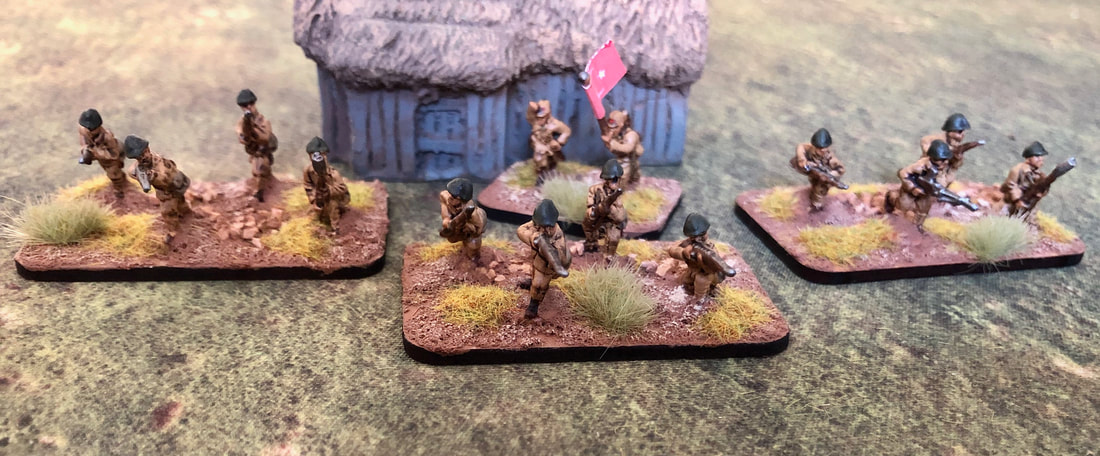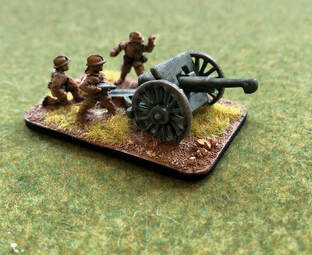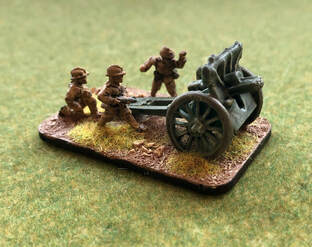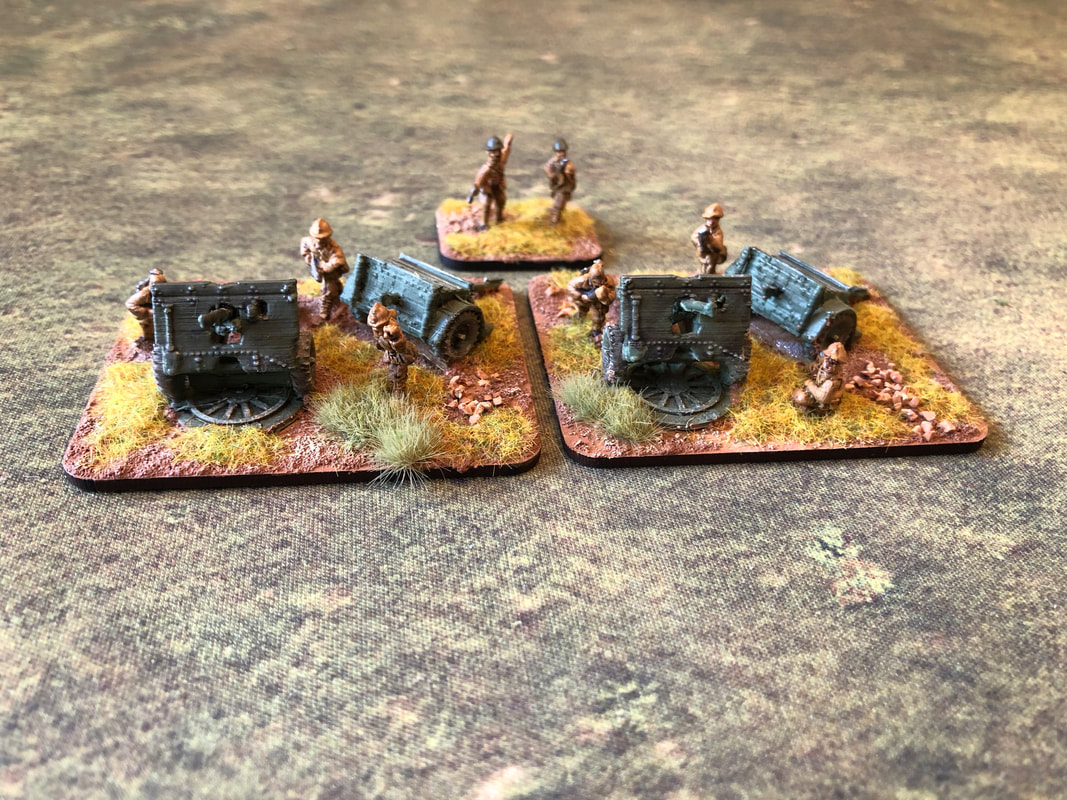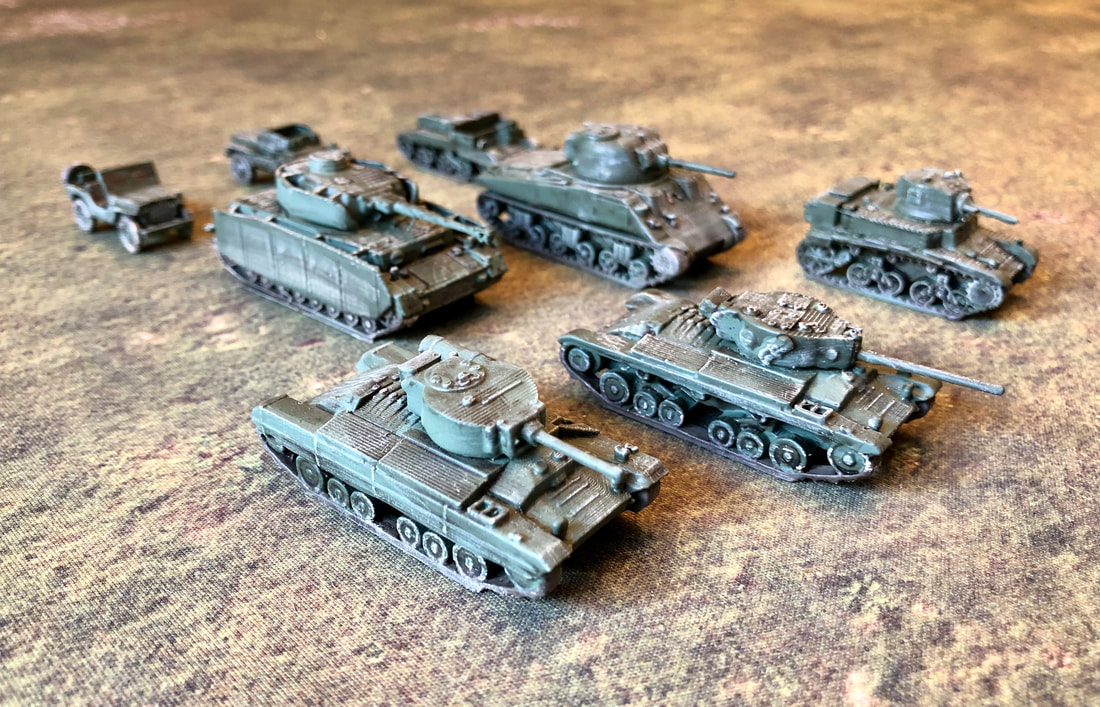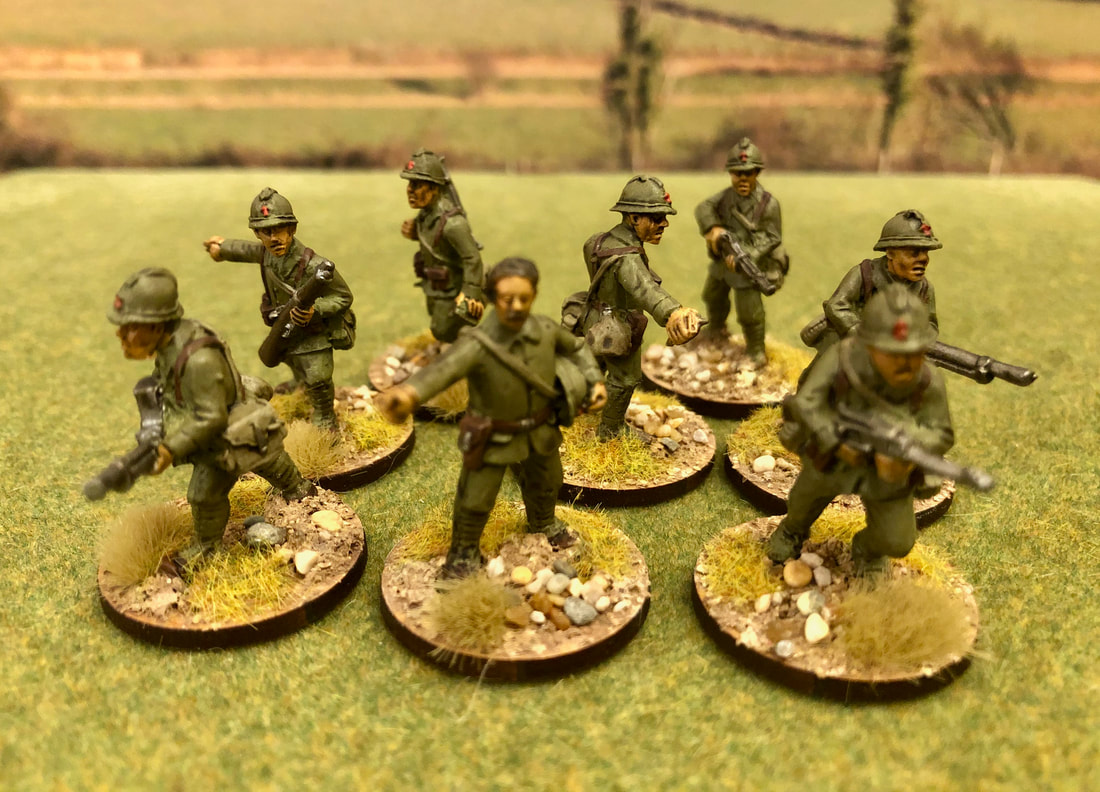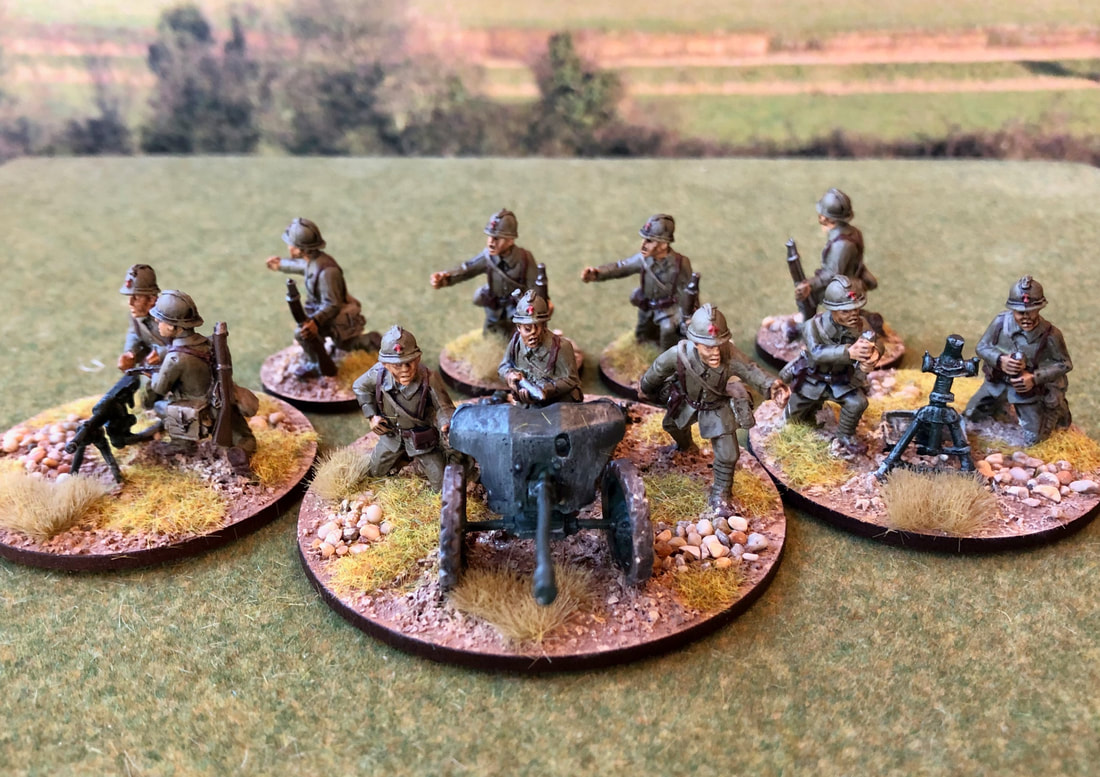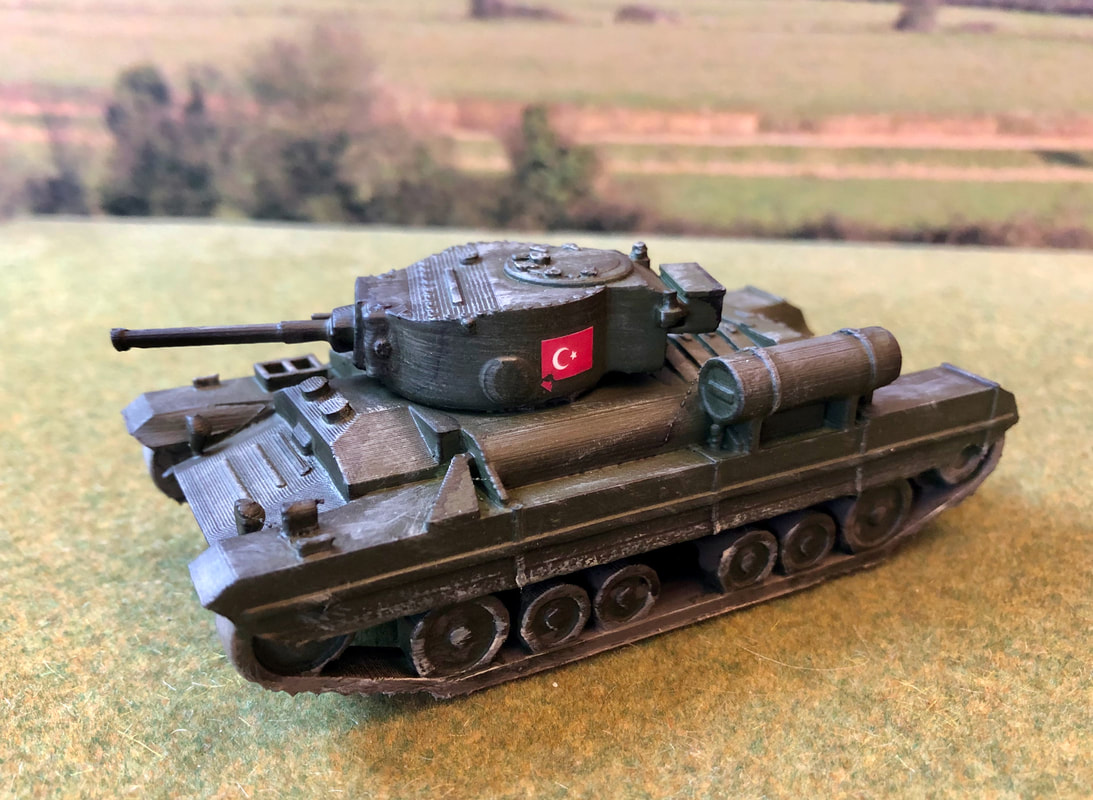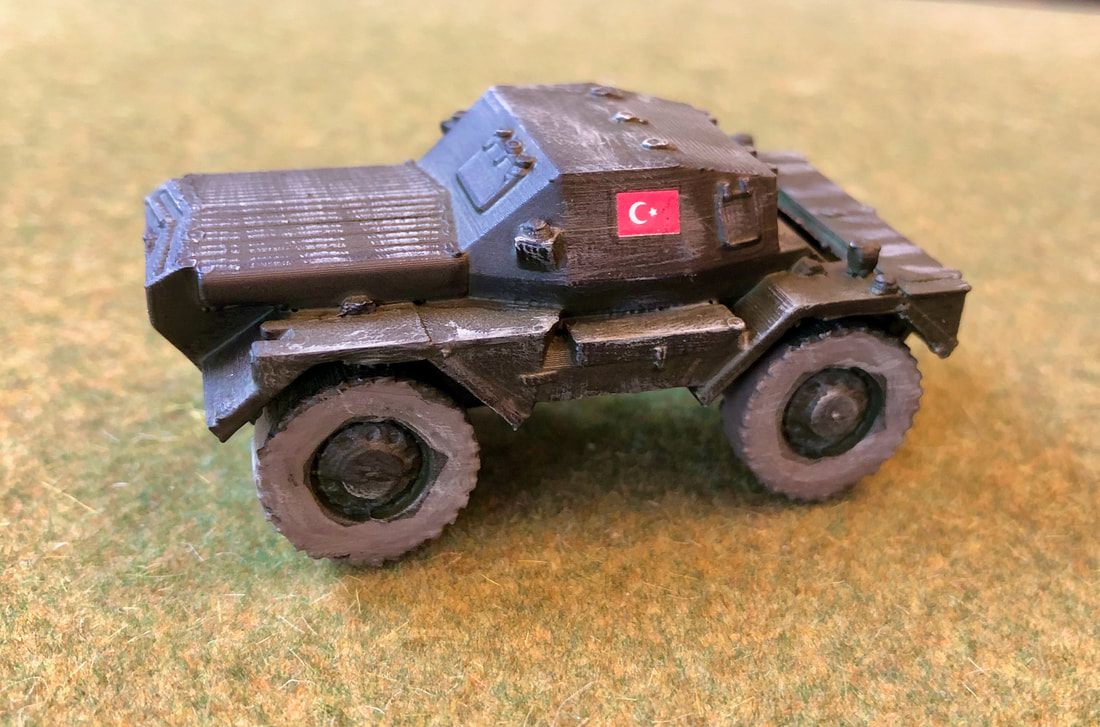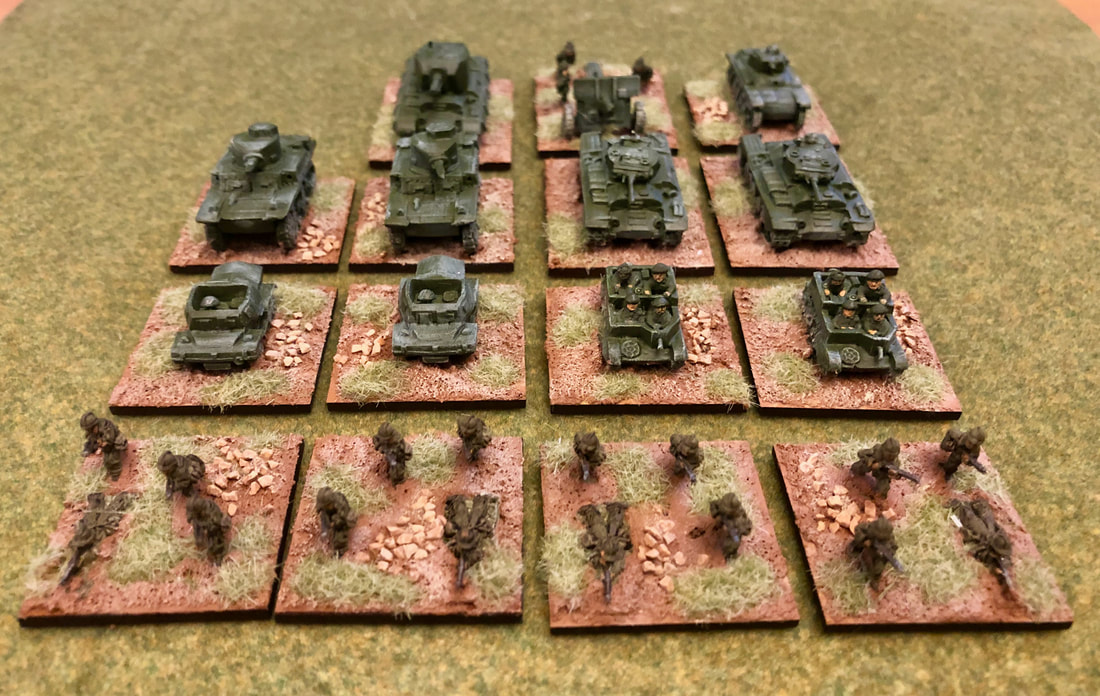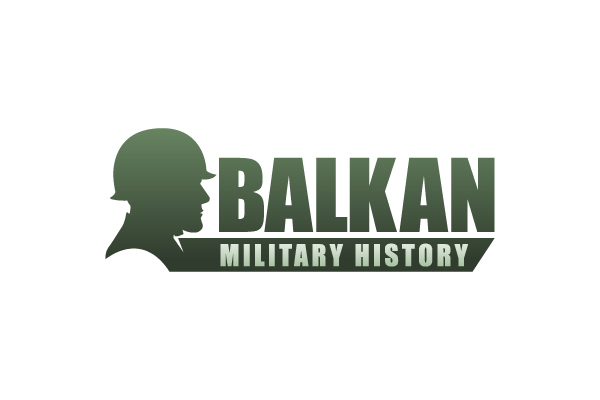- Home
- About
-
Travel
-
Features
- Dyrrachion1081
- Normans in the Balkans
- Manolada 1316
- Kosovo 1389
- Castles on the Danube
- Late Medieval Bosnian Army
- Doboj 1415
- Wallachian and Moldovan troops of the Napoleonic wars
- Anchialos 917
- Slovenian Borderlands
- The Zadruga and the Military Border
- Cretan War in the Adriatic
- Salonika 1916
- Uskoks of Senj
- Siege of Klis 1537
- Eugene in the Balkans
- Moldavian Surprise 1711
- Austro-Turkish War 1737-9
- Militargrenze
- Invading Ottoman Turkey
- Siege of Ragusa 1814
- Russo-Turkish War 1806-12
- Serbian Uprising 1815
- Ali Pasha
- Ottoman Army 1826
- Aleksinac 1876
- Shipka Pass
- Slivnitsa 1885
- Romanian Army 1878
- Austrian forts 19thC
- Kumanovo 1912
- Catalca Lines
- Adrianople 1912-13
- Kajmakcalan 1916
- The other 1918 campaign
- Macedonia air war WW1
- War of the Stray Dog
- Royal Yugoslavian armed forces
- Blunder in the Mountains
- Romanian SS
- Gebirgsjager in the Balkans
- Knights Move 1944
- Vis during WW2
- HLI in the Adriatic
- Adriatic Cruel Seas
- Dalmatian Bridgehead
- Cyprus 1974
- Transnistrian War
- Ottoman Navy Napoleonic wars
- Medieval Balkans
- Balkan lockdown quiz >
- Reviews
-
Armies
- Ancient Greeks
- Pyrrhic army of Epirus
- Dacian wars
- Goths
- Late Roman
- Comnenan Byzantine Army
- Normans
- Serbian medieval
- Albanian medieval
- Wallachian medieval
- Bosnian Medieval
- Catalan Company
- Polish 17C
- Austrian Imperialist
- Ottoman
- Austrian 18thC
- Russian Early 18thC
- Ottoman Napoleonic
- Greek Revolution
- 1848 Hungarian Revolution
- Russian Crimean war
- Romanian Army of 1877
- Ottoman 1877
- Russian 1877
- Balkan Wars 1912-13
- Macedonia WW1
- Greece WW2
- Italian Army WW2
- Gebirgsjager WW2
- Hungary WW2
- Turkey WW2
- Soviet Union WW2
- Bulgaria WW2
- Turkish Korean War Brigade
- Balkan Wars 1990s
- Links
- Books
Turkish Army of WW2
|
This is one of the more obscure armies of WW2. Not least because they declared war against the Axis in February 1945, and didn't get any fighting units into action before VE Day. However, that doesn't quite mean that they didn't fire a shot in anger, and there are many times when they came close to joining the conflict, under pressure from both sides. While most historians, with some justification, sniff at 'what-ifs', the wargamer can indulge quite happily.
That said, there are a few challenges. There are no Osprey books with shiny colour plates, in fact, very little published material at all, even in Turkish. My main source was a handbook written for the British War Office (in the National Archives), probably by a military attache attached to the embassy. I also think he made a few mistakes, which doesn't make matters easier. I am working on a more detailed study, which i hope will help. There are pictures, although in black and white, and a few items of militaria. We can reasonably assume that the posed public relations photos show the smartest and best equipped troops. There are some pictures of troops on campaign suppressing a rebellion prior to the war, which back up the British handbook's view that rank and file troops were provided with “very shoddy, ill-fitting clothes which in most cases, look extremely shabby, more especially in the east.” Finding suitable models of Turkish equipment is not that difficult. because there was virtually no indigenous arms industry. They also used a bewildering amount of different weapons, which must have been a supply nightmare. Models of infantry figures require some conversion. The best equipped troops had a helmet, which looks almost identical to the French Adrian helmet. The rest had a cap, which the nearest equivalent is the Romanian, Chinese or Japanese version. The other distinguishing feature is that almost all the photos show troops wearing gaiters over their leggings. The summer tunic colour is described as khaki coloured canvass, which appears to come in many shades of sand colour according to manufacturer and wear and tear. I suspect many of the helmets were painted the same colour as the uniform, some look even lighter in B&W, but the only one I have actually seen is dark green. I decided to start the project at 15mm, not least because you can get away with more than at 28mm. Although I have held back the cap wearing Romanians from the Great Escape Games range to have a go. The closest fit for the helmet wearing infantry I have found so far are the Battlefront Miniatures WW2 French Tirailleurs. They don't have the greatcoat and the five button tunic is a good match. They have leggings, so a bit of work with a file, gives a suitably creased gaiter. Peter Pig do French artillery crew which work fine for the artillery with their French 75mm and German 105mm howitzer. The cap wearing models were a bit more tricky. All the Romanians I could find are helmeted. The Chinese have bandoliers, which leaves the Japanese. Peter Pig do some packs without the sun flap, so I plumped for them. Again some work with the file on the leggings. The intention was to retain colours on the battlefield for morale purposes. I suspect that wouldn't have lasted long had they joined the conflict. However, I have kept one for a command element. Anti-tank guns were limited, but they used the French 25mm and the German 37mm, which were easily sourced. In March 1940 they had 100 Russian T26 tanks and 50 French R35s. The T26s come from my SCW army along with a BA6 armoured car, which they also had. Helpfully, they appear to have retained the Russian green. Later in the war (1943) they acquired German Pkw III and IVs, plus British Valentine, Shermans, Stuarts, Bishop SPGs, 25pdrs more Vickers. These will follow. In 15mm, my main ruleset is Blitzkrieg Commander. I have done an army list for anyone mad enough to follow me. For those who use Sam Mustafa's Rommel rules here is an army list and ops board. For a campaign, I would recommend the board game Operation Gertrud. Operation Hardihood was the British code name for support to Turkey in 1943 in the form of British formations, military equipment and broader economic assistance. The equipment provided was in response to a very long list of Turkish requirements, which one American official in Ankara said, to supply the Turks with everything they wanted would be like ‘feeding an eight course dinner to an eight-day-old baby’. Churchill urged his planners to do their best to supply the Turks even if this caused some ‘slight indigestion’. He argued that Turkey’s port and transportation systems would limit what could be supplied. The Allied Lend Lease equipment supplied to Turkey as part of this programme would largely come from surplus stocks in North Africa. I have chosen the main ones for my army, using 3D models from Butlers Printed Models, supplemented with crew from Peter Pig and Battlefront conversions.
Moving up a scale to 28mm, for use with Bolt Action. Those cap wearing Romanians are a good starting point as are Crusader Miniatures French with the short tunic. Both need some work on the gaiters. These are painted in the winter uniform.
Armour isn't a problem, and I use Butler's 3D printed models rather than wrestle with kits. And finally, if there is ever finally with a war-game project, Turkish armies in 10mm. Mostly for use with the grand tactical rules, Rommel.
These are again mostly French infantry with the short tunic. All from the Pendraken range. |
